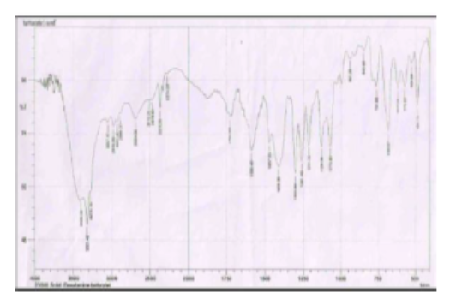


Journal of Pharmaceutical Research
DOI: 10.18579/jopcr/v20.1.arun
Year: 2021, Volume: 20, Issue: 1, Pages: 16-20
Original Article
MR Arunkumar1, MD Karvekar1,∗
1Department of Pharmaceutical Chemistry, Krupanidhi College of Pharmacy, Bangalore, Karnataka, India
Chirality plays a vital role in the pharmacological action of drugs, as enantiomers can exhibit vastly different efficacies, toxicities, and metabolisms. Doxylamine succinate, a racemic first-generation antihistamine, can act primarily as one enantiomer. Thus, enantiomeric resolution is essential for the formulation of safer and more potent drugs. A racemic mixture of doxylamine was resolved through diastereomeric salt formation with L(+)-tartaric acid in methanol and then crystallised from an acetone/water mixture. The free enantiomers were released and prepared as succinate salts. Purity and identity were established using melting point, optical rotation, IR, NMR, and mass spectrometry. The antihistaminic activity was measured using isolated guinea pig ileum and tracheal chain models. The analytical methods ensured structural integrity and enantiomeric purity. Optical rotation and spectral information clearly differentiated the isomers. R(+)-Doxylamine succinate possessed the highest antihistaminic activity (95.83%), exceeding that of both the racemic mixture (91.66%) and S(–)-isomer (87.5%). The present study offers an easy and scalable method for resolving doxylamine enantiomers and demonstrates that R(+)-doxylamine possesses superior pharmacological activity, supporting its potential as a monotherapy agent.
Keywords: Resolution, Doxylamine Succinate, Enantiomeric Purity, Antihistaminic Activity
© 2025 Published by Krupanidhi College of Pharmacy. This is an open-access article under the CC BY-NC-ND license (https://creativecommons.org/licenses/by-nc-nd/4.0/)
Subscribe now for latest articles and news.